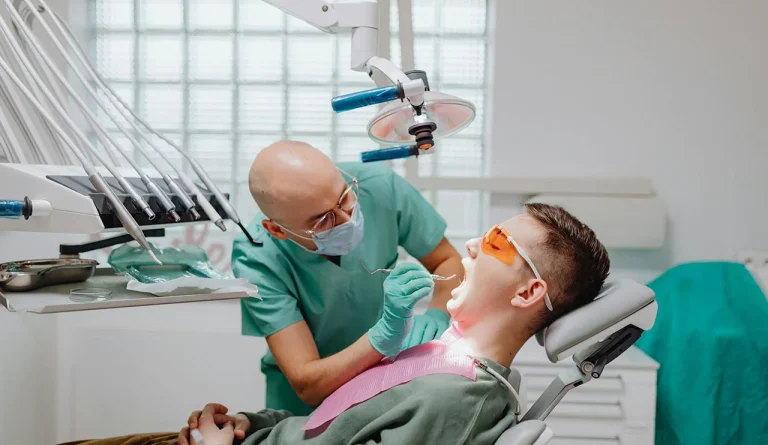The Benefits of Invisalign: Why Clear Aligners Are the Future of Orthodontics
The Benefits of Invisalign: Why Clear Aligners Are the Future of Orthodontics In recent years, Invisalign has transformed the field of orthodontics with its innovative approach to teeth straightening. This modern solution offers a range of benefits over traditional metal braces, making it a popular choice for many patients seeking a more discreet and comfortable orthodontic treatment. Here’s why clear aligners are considered the future of orthodontics. 1. Discreet Appearance One of the most significant advantages of Invisalign is its nearly invisible design. Made from clear, smooth plastic, these aligners are virtually undetectable when worn. This discreet nature allows patients to straighten their teeth without the noticeable appearance of metal braces, making it a preferred option for adults and teens who may feel self-conscious about their appearance during treatment. 2. Enhanced Comfort Unlike traditional braces with metal brackets and wires that can cause irritation to the inside of the mouth, Invisalign aligners are made from a soft, smooth plastic. This design minimizes discomfort and reduces the risk of oral sores. The aligners are custom-made to fit snugly over your teeth, ensuring a comfortable experience throughout the treatment process. 3. Removable for Convenience Invisalign aligners are removable, which adds a level of convenience that traditional braces lack. Patients can take out their aligners when eating, drinking, or brushing their teeth, which makes maintaining oral hygiene easier and eliminates the need to avoid certain foods. This flexibility also means that aligners can be removed for special occasions, giving patients the freedom to enjoy life without restrictions. 4. Customized Treatment Plans The Invisalign treatment process begins with a detailed digital scan of your teeth, which is used to create a personalized treatment plan. This plan includes a series of custom aligners designed to gradually move your teeth into the desired position. The precision of this technology allows for more accurate and predictable results compared to traditional methods. 5. Fewer Office Visits With Invisalign, the need for frequent office visits is significantly reduced. Typically, patients only need to visit their orthodontist every 6 to 8 weeks to check progress and receive new aligners. This streamlined approach saves time and makes it easier for patients to fit orthodontic care into their busy schedules. 6. Effective for a Range of Issues Invisalign is effective for treating a wide range of orthodontic issues, including crowding, spacing, overbites, underbites, and crossbites. Advances in technology have expanded the scope of Invisalign, making it a viable solution for many complex cases that were once considered only treatable with traditional braces. 7. Predictable Outcomes Using advanced 3D imaging technology, Invisalign provides a digital preview of your projected results before treatment begins. This visualization helps patients understand what to expect and ensures that both they and their orthodontist are aligned on the treatment goals. Conclusion Invisalign represents a significant advancement in orthodontic care, offering a blend of comfort, convenience, and effectiveness that traditional braces cannot match. As technology continues to evolve, clear aligners are likely to become even more sophisticated, further solidifying their position as the future of orthodontics. For those seeking a modern solution to achieve a beautiful, straight smile, Invisalign presents an excellent option to consider.

